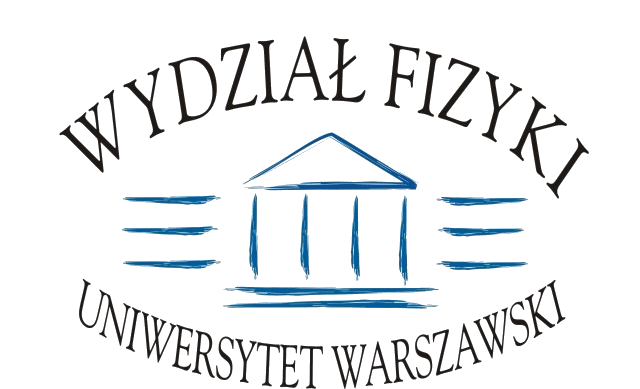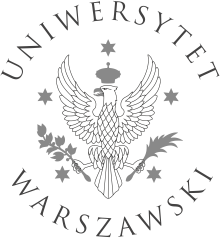Seminarium KMMF "Teoria Dwoistości"
2006/2007 | 2007/2008 | 2008/2009 | 2009/2010 | 2010/2011 | 2011/2012 | 2012/2013 | 2013/2014 | 2014/2015 | 2015/2016 | 2016/2017 | 2017/2018 | 2018/2019 | 2019/2020 | 2020/2021 | 2021/2022 | 2022/2023 | 2023/2024 | 2024/2025 | Strona własna seminarium
Aktualnie nie ma żadnych nadchodzących wydarzeń.





